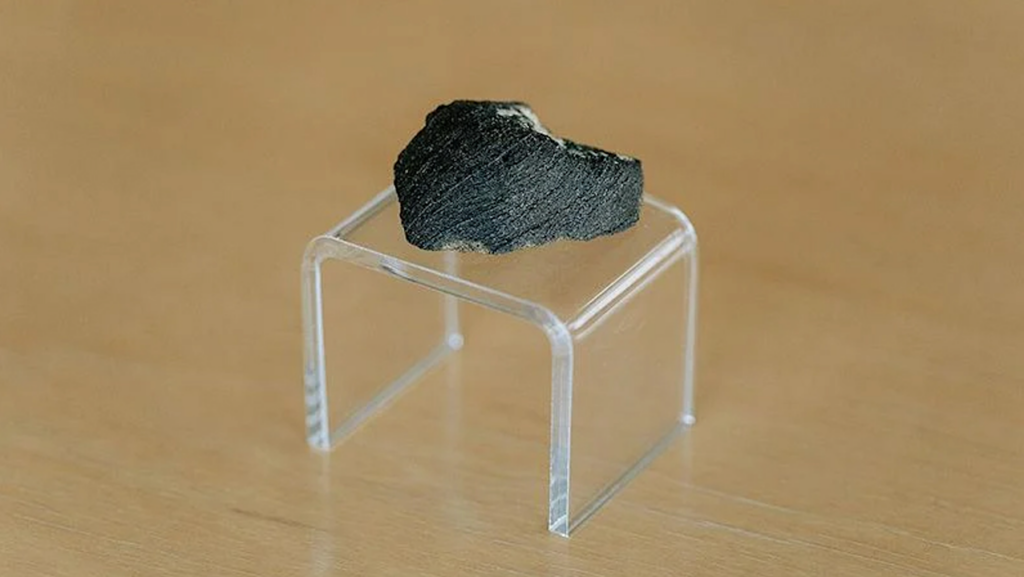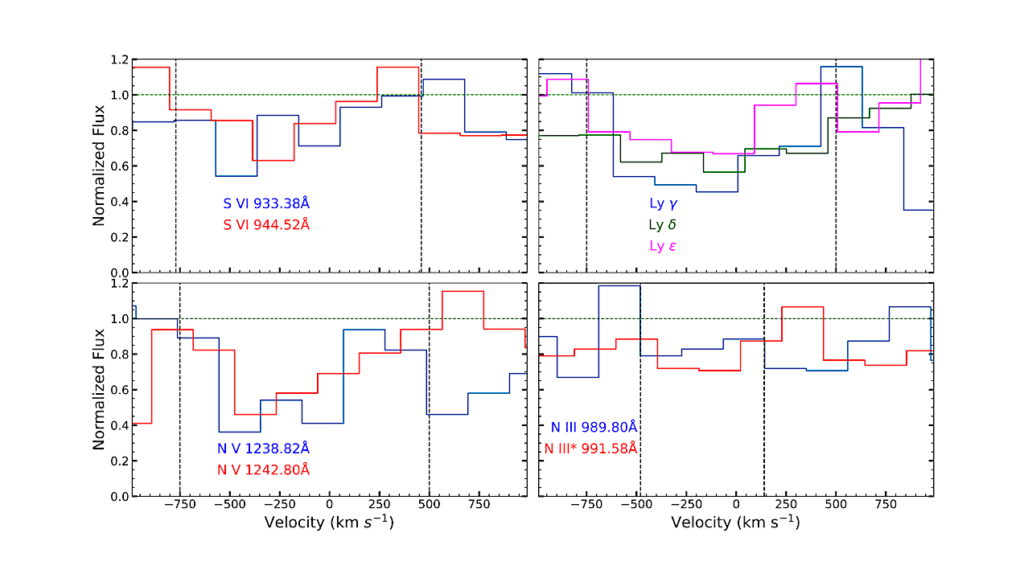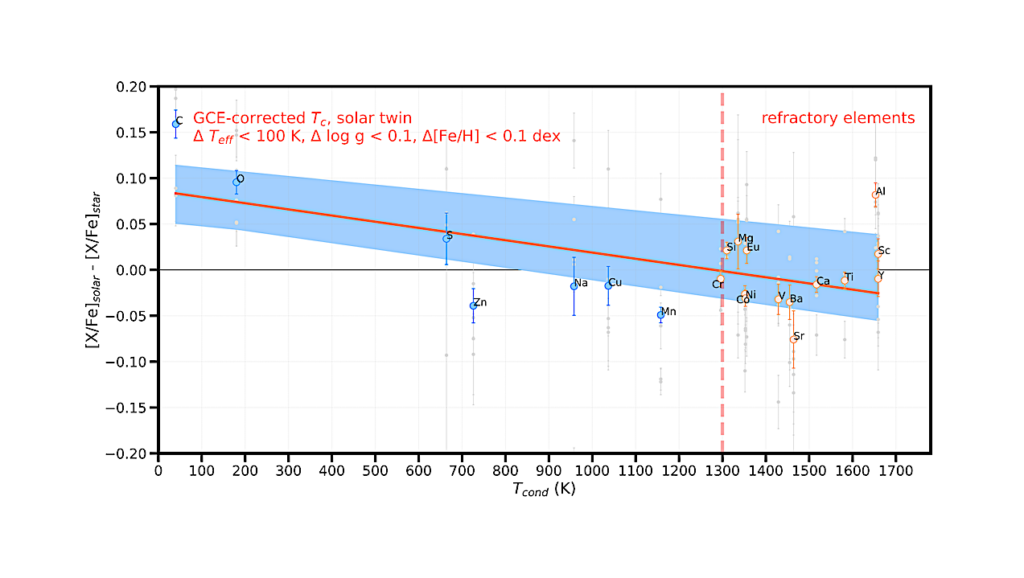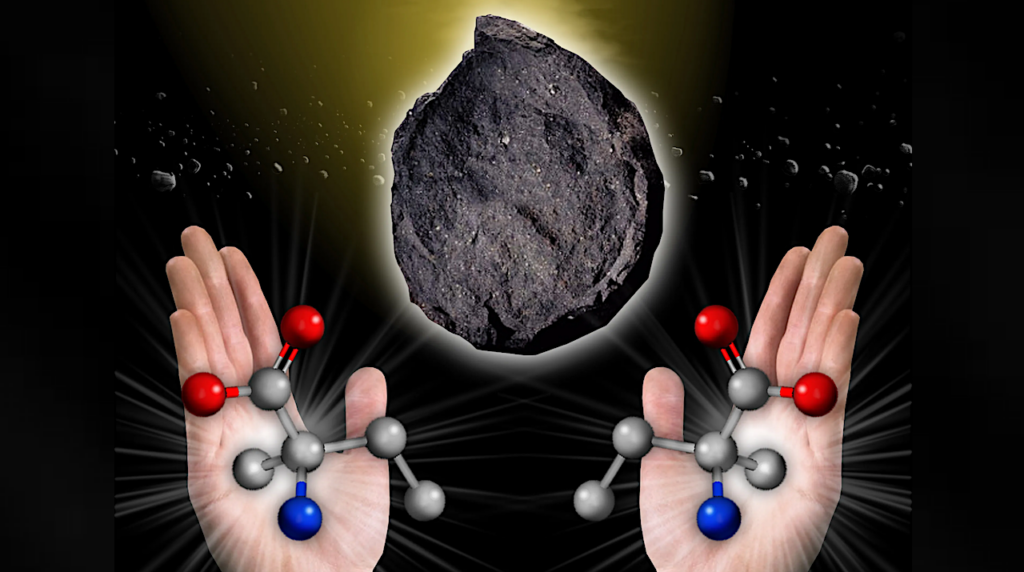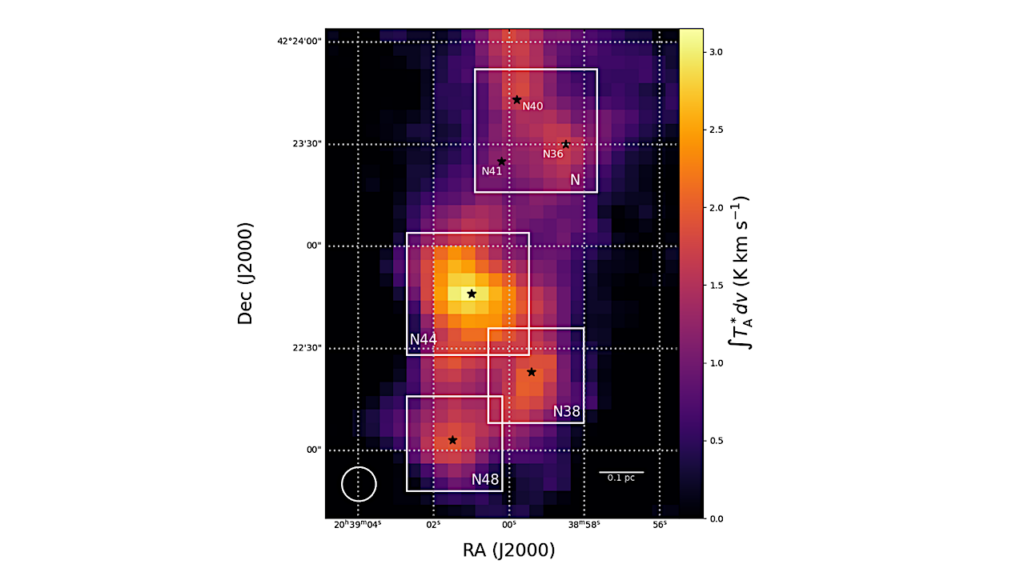The Evolution Of Sulphur-bearing Molecules In High-mass Star-forming Cores
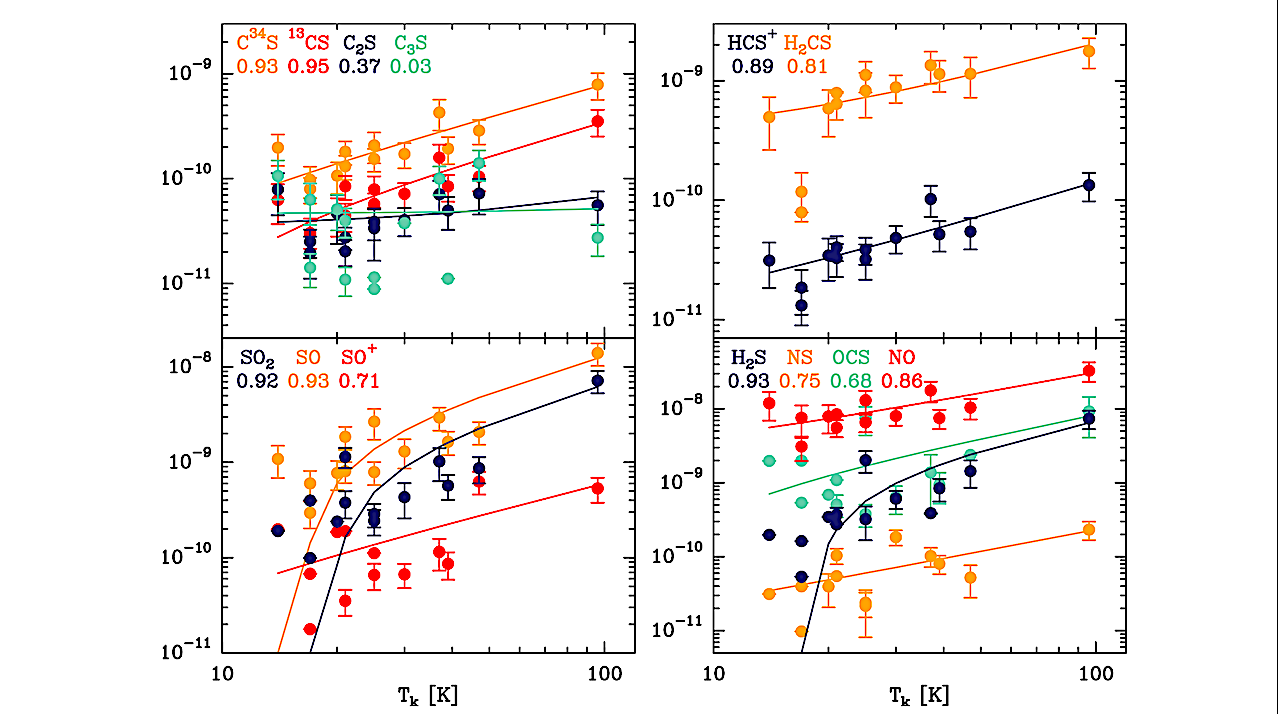
To understand the chemistry of sulphur (S) in the interstellar medium, models need to be tested by observations of S-bearing molecules in different physical conditions.
We analyse observations obtained with the IRAM 30m telescope towards 15 well-known cores classified in the three main evolutionary stages of the high-mass star-formation process: high-mass starless cores,high-mass protostellar objects, and ultracompact HII regions.
We detected rotational lines of SO, SO+, NS, C34S, 13CS, SO2, CCS, H2S, HCS+, OCS, H2CS, and CCCS. We also analyse for the first time lines of the NO molecule to complement the analysis. From a local thermodynamic equilibrium approach, we have derived column densities of each species and excitation temperatures. Based on a statistical analysis on the line widths and the excitation temperatures, we find that: NS, C34S, 13CS, CCS, and HCS+ trace cold, quiescent, and likely extended material; OCS, and SO2 trace warmer, more turbulent, and likely denser and more compact material; SO and perhaps SO+ trace both quiescent and turbulent material depending on the target.
The abundances of SO, SO2, and H2S show the strongest positive correlations with the kinetic temperature, believed to be an evolutionary indicator. Moreover, the sum of all molecular abundances show an enhancement of gaseous S from the less evolved to the more evolved stages. These trends could be due to the increasing amount of S sputtered from dust grains owing to the increasing protostellar activity with evolution.
The average abundances in each evolutionary group increase especially in the oxygen-bearing molecules, perhaps due to the increasing abundance of atomic oxygen with evolution owing to photodissociation of water in gas phase. Our observational work represents a test-bed for theoretical studies aimed at modelling the chemistry of sulphur during the evolution of high-mass star-forming cores
F. Fontani (1,2,3), E. Roueff (2), L. Colzi (4), P. Caselli (3) ((1) INAF – Osservatorio Astrofisico di Arcetri, Largo E. Fermi 5, I-50125, Florence (Italy), (2) LERMA, Observatoire de Paris, PSL Research University, CNRS, Sorbonne Université, F-92190 Meudon (France),(3) Centre for Astrochemical Studies, Max-Planck-Institute for Extraterrestrial Physics, Giessenbachstrasse 1, 85748 Garching (Germany),(4) Centro de Astrobiología (CSIC-INTA), Ctra Ajalvir km 4, 28850, Torrejón de Ardoz, Madrid (Spain))
Comments: 16 pages. 3 appendices. Accepted for publication in A&A
Subjects: Astrophysics of Galaxies (astro-ph.GA)
Cite as: arXiv:2310.10356 [astro-ph.GA] (or arXiv:2310.10356v1 [astro-ph.GA] for this version)
Submission history
From: Francesco Fontani
[v1] Mon, 16 Oct 2023 12:49:29 UTC (3,347 KB)
https://arxiv.org/abs/2310.10356
Astrobiology, Astrochemistry


